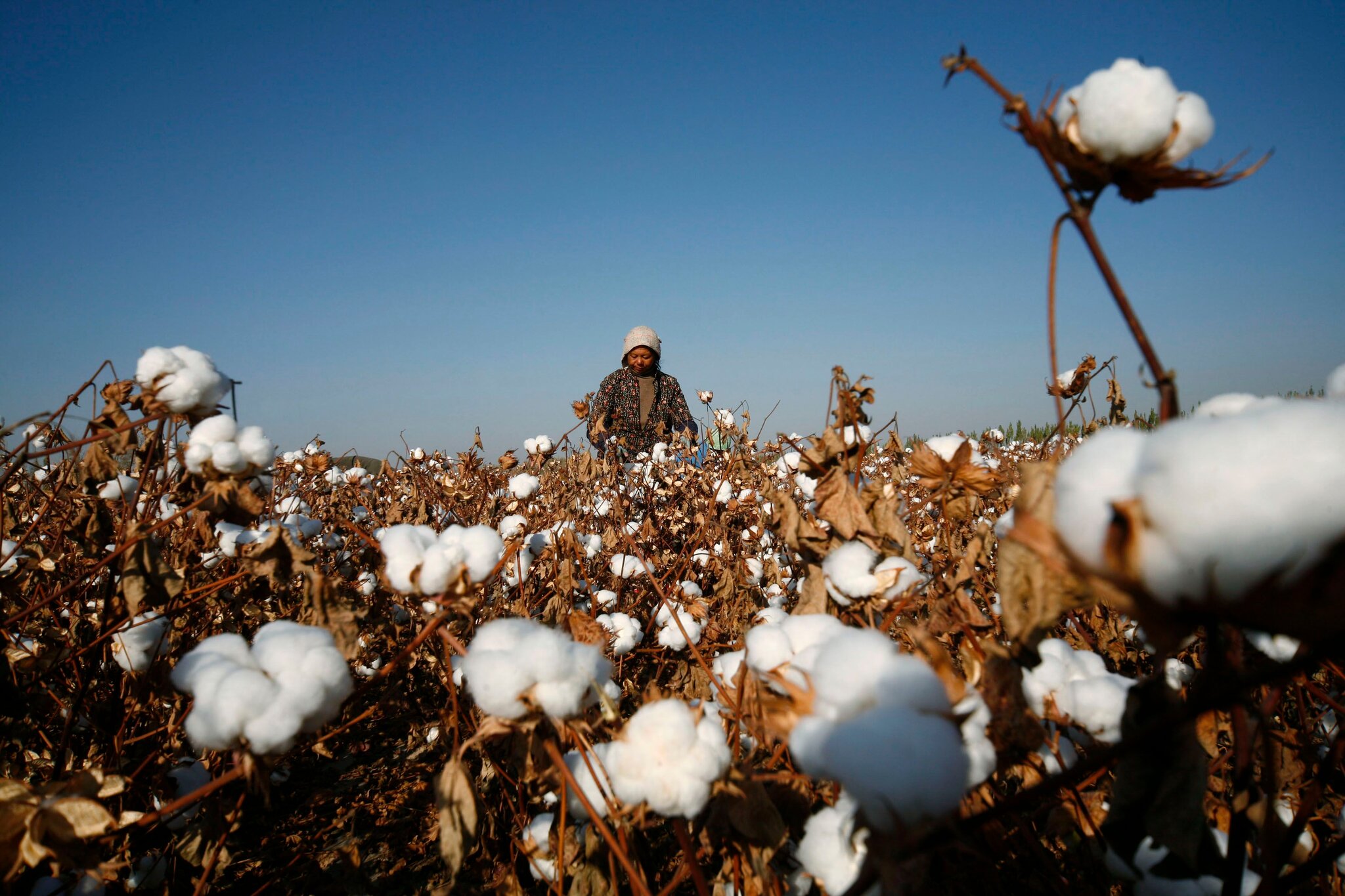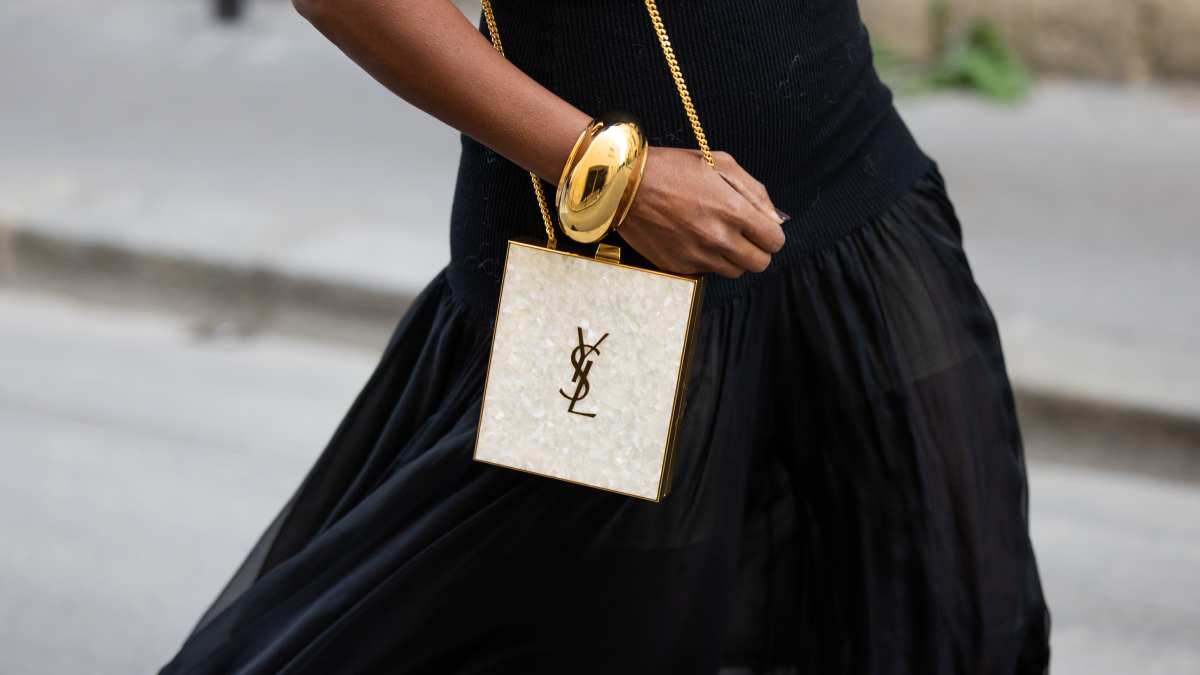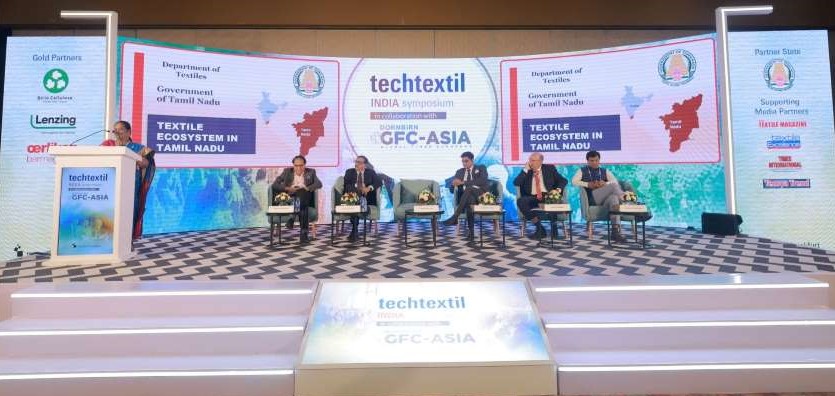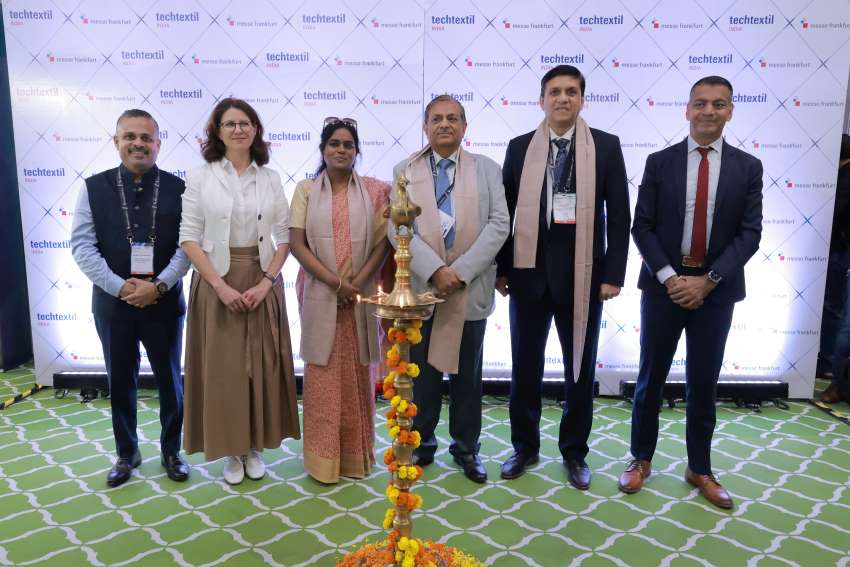
The Russian clothing and footwear market has been suffering due to low demand and consumer sentiment since 2014. This has forced many European brands to exit the market. China on the other hand is losing its position as the world’s leading garments manufacturer and this has opened Russia’s doors for other Asian countries.

Studies suggest that from the beginning of 2015, the Russian clothing and footwear retail market declined by 25–35 per cent in volume terms. It is, however, expected to grow at about 3.5–4 per cent by the end of the year in terms of value to reach 3.21 trillion rubles ($60.9 billion), according to Y-Сonsulting analysts’ estimates. In the first quarter of 2015, sales volume declined by 42 per cent and 19 per cent in value. The mid-range segment has experienced the most severe drop. Since 2014, many international clothing brands made an exit from the Russian market, including Italy’s OVS, British New Look and River Island, and Germany and Hong Kong headquartered Esprit, with more on their way out.
Russia opens doors to China’s neighbours
With China’s position as world’s number one destination for cheap textiles on decline, its neighbouring Asian counties such as India, Bangladesh, Vietnam, Thailand, and Indonesia have gained importance and access to the market like Russia.
Vietnam Textile & Apparel Association (VITAS) statistics reveal between 2005 and 2011, the country’s garment exports increased by 32 per cent, while China's exports increased by 15 per cent and exports from India, Turkey, Malaysia and Thailand increased by about 7 per cent. There are two major factors that make garment imports to Russia from these counties more competitive than from China, - the prices and the lower import duties imposed by the Russian government.
Bangladesh and Vietnam are on the list of seven largest apparel exporters to Russia, according to on Consulting Group data. Although their shares are not as big as China’s, the growth is more impressive. In 2012-14, imports from Bangladesh grew at 25.59 percent and Vietnam at 16.96 per cent while imports from China fell by 4.48 percent.
Vietnam National Textile and Garment Group (Vinatex) says, the European Union will continue to be Vietnam’s major market in the coming years. However, with Moscow no longer levying high tariffs on Vietnamese apparel products, its exports to Russia will increase. Recently, Vietnam signed a free trade agreement with the Eurasian Economic Union (EAEU) comprising Russia, Belarus, Armenia, Kazakhstan and Kyrgyzstan. Russian authorities expect this agreement to become a model for Russia’s further integration with other members of ASEAN trade bloc.
Asian imports and domestic production
While imports from emerging Asian countries to Russia are on the rise, the Russian government supports expanding domestic manufacturing capacity and improving production efficiency. There are 653 large and medium enterprises and about 4,000 small companies in Russia engaged in the garments and textile industry, according to government statistics. The industry is witnessing shoots of revivals since the crisis of 2009.
According to Souzlegprom (Russian Union of Entrepreneurs of Textile and Light Industry), domestic manufacturers benefit from Russia's Light Industry Development Strategy, which provides state support for textile and garments manufacturers, including modernization of technological base and enhancing their competitiveness, among other measures. Last year, the Russian government banned using imported textiles for manufacturing of military uniforms, leisurewear, underwear, bedclothes, hats, socks, pillows and shoes to boost domestic production.












